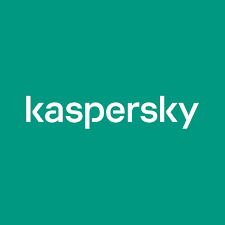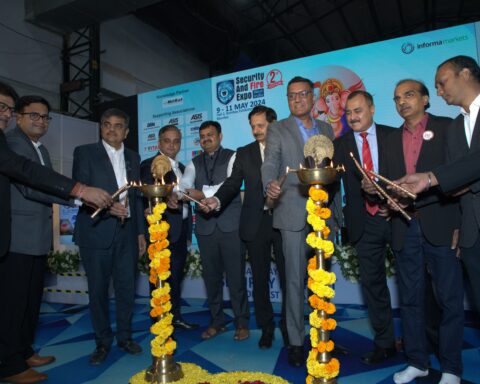Develops Goal Structured Notation (GSN) tool to address safety assurance issues
TÜV Rheinland India, subsidiary of the Germany based TÜV Rheinland ![]() Group, a worldwide leader in Testing, Training, Inspection, Consulting and Certification, has announced that it sees a major opportunity in the new Rail Projects in India, especially in addressing safety assurance issues.
Group, a worldwide leader in Testing, Training, Inspection, Consulting and Certification, has announced that it sees a major opportunity in the new Rail Projects in India, especially in addressing safety assurance issues.
The Mobility division of TÜV Rheinland, specialising in intelligent transport systems, independent safety assessments, testing, inspection and certification, will look towards safety assurance of modern rail projects with respect to products, systems, processes and people.
Speaking at the ‘2nd Annual South Asia Transport and Infrastructure 2014’, a two day strategic conference focused on rail development in the region, recently held at Delhi, Mr. Bob Lupton, Vice-President and Regional Director, Transport and Rail at TUV Rheinland said, “Too often rail systems are delayed from going into service because safety is not considered proven or safety arguments are not considered complete. With our global experience, TÜV Rheinland is today all geared up to address safety assurance issues with respect to modern rail projects in India, using a new tool called Goal Structured Notation (GSN)”.
“GSN is a structured graphical tool for defining safety arguments and the relationship between safety arguments to provide a multi-attribute model to support and justify the case for safety. GSN supports addressing the pit falls of safe railway development and operational acceptance“, TÜV Rheinland India, subsidiary of the Germany based TÜV Rheinland Group, a worldwide leader in Testing, Training, Inspection, Consulting and Certification, has announced that it sees a major opportunity in the new Rail Projects in India, especially in addressing safety assurance issues.
The Mobility division of TÜV Rheinland, specialising in intelligent transport systems, independent safety assessments, testing, inspection and certification, will look towards safety assurance of modern rail projects with respect to products, systems, processes and people.
Speaking at the ‘2nd Annual South Asia Transport and Infrastructure 2014’, a two day strategic conference focused on rail development in the region, recently held at Delhi, Mr. Bob Lupton, Vice-President and Regional Director, Transport and Rail at TUV Rheinland said, “Too often rail systems are delayed from going into service because safety is not considered proven or safety arguments are not considered complete. With our global experience, TÜV Rheinland is today all geared up to address safety assurance issues with respect to modern rail projects in India, using a new tool called Goal Structured Notation (GSN)”.
“GSN is a structured graphical tool for defining safety arguments and the relationship between safety arguments to provide a multi-attribute model to support and justify the case for safety. GSN supports addressing the pit falls of safe railway development and operational acceptance“, added Mr. Bob Lupton.
With the recent announcement of the strategic plan by the Indian Government to accommodate India’s GDP growth, the billion dollar Ahmedabad-Mumbai high-speed rail project is now on the priority track and many more projects such as Lucknow Metro, Kochi Metro, and Hyderabad Metro etc. have huge funds allocated towards development.
“We are confident, given this massive opportunity in the rail sector and our global experience, TÜV Rheinland is all set to capitalise and grow in this segment in India”, concluded Mr. Bob Lupton.
With the recent announcement of the strategic plan by the Indian Government to accommodate India’s GDP growth, the billion dollar Ahmedabad-Mumbai high-speed rail project is now on the priority track and many more projects such as Lucknow Metro, Kochi Metro, and Hyderabad Metro etc. have huge funds allocated towards development.
“We are confident, given this massive opportunity in the rail sector and our global experience, TÜV Rheinland is all set to capitalise and grow in this segment in India”, concluded Mr. Bob Lupton.






